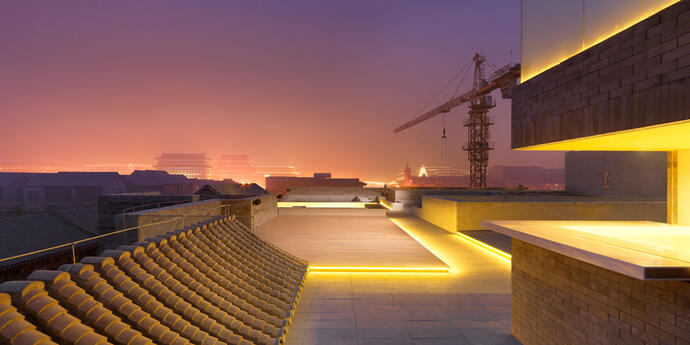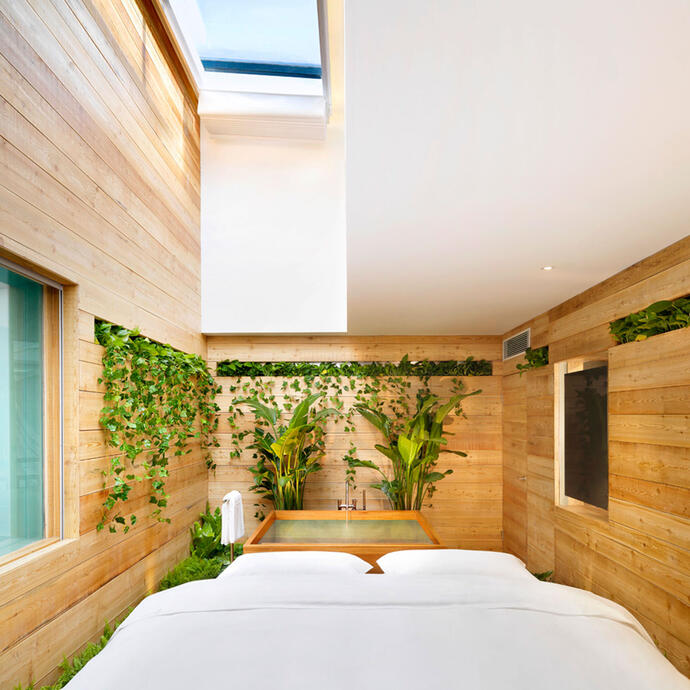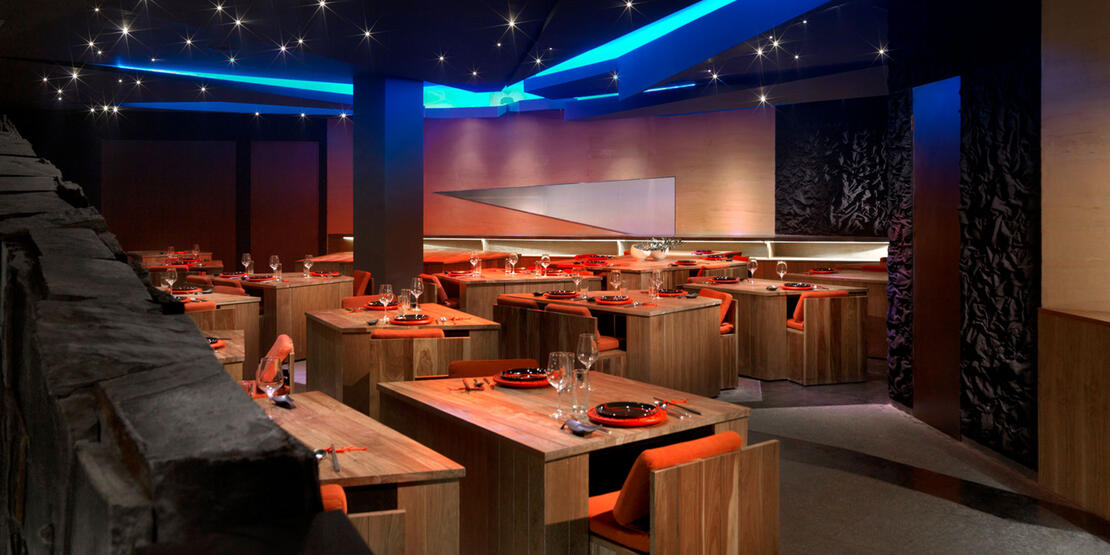
IES Illumination, International Award of Merit (2014)
IES Illumination, Toronto Section Awards (2014)
American Institute of Architects, Buffalo/Western New York Chapter, Design Award for Commercial Architecture (2014)
American Institute of Architects, New York State Citation Award, Commercial/Industrial Large Architecture (2015)
The accolades speak for themselves.
The Emperor Beijing is a boutique, five-star hotel located near Tiananmen Square and the Forbidden City. The architectural and interior design is both traditional and contemporary, with each of its 56 rooms exclusively designed to provide a unique experience for guests. The hotel offers a basement and rooftop bar, restaurants, shopping, a fitness centre, a massage room, a rooftop pool, and numerous other amenities.
The Emperor Hotel lighting design enhances the visitor’s emotional experience. From the spa below ground, to Beijing’s largest hotel roof bar above, the lighting blends with a diversity of unique architecture spaces, as all main spaces have different design approaches the lighting treatment had to be unique to each location. Subtle warm lighting with low contrast ratios was used to create calm environments and vivid colors with high contrast ratios were used to induce emotional responses. Dimming, programmed flicker and colour changing effects were also used to simulate movement and different weather conditions.
The accolades speak for themselves.
The Emperor Beijing is a boutique, five-star hotel located near Tiananmen Square and the Forbidden City. The architectural and interior design is both traditional and contemporary, with each of its 56 rooms exclusively designed to provide a unique experience for guests. The hotel offers a basement and rooftop bar, restaurants, shopping, a fitness centre, a massage room, a rooftop pool, and numerous other amenities.
The Emperor Hotel lighting design enhances the visitor’s emotional experience. From the spa below ground, to Beijing’s largest hotel roof bar above, the lighting blends with a diversity of unique architecture spaces, as all main spaces have different design approaches the lighting treatment had to be unique to each location. Subtle warm lighting with low contrast ratios was used to create calm environments and vivid colors with high contrast ratios were used to induce emotional responses. Dimming, programmed flicker and colour changing effects were also used to simulate movement and different weather conditions.








